Buckinghamshire WW2 navigator remembered at exhibition
- Published

Alan Green was 22 when he was shot down over the Netherlands in 1942
A man whose father survived being shot down twice during World War Two hopes "the memory of the sacrifice of these young men" will be kept alive.
In the second incident, Alan Green's Stirling bomber flew from Norfolk and was hit in the early hours of 21 June 1942, killing three of the eight crew.
Stuart Green said researching the story had been a way for him to connect with his father, who died when he was 12.
It features in an exhibition at Buckinghamshire New University, external.
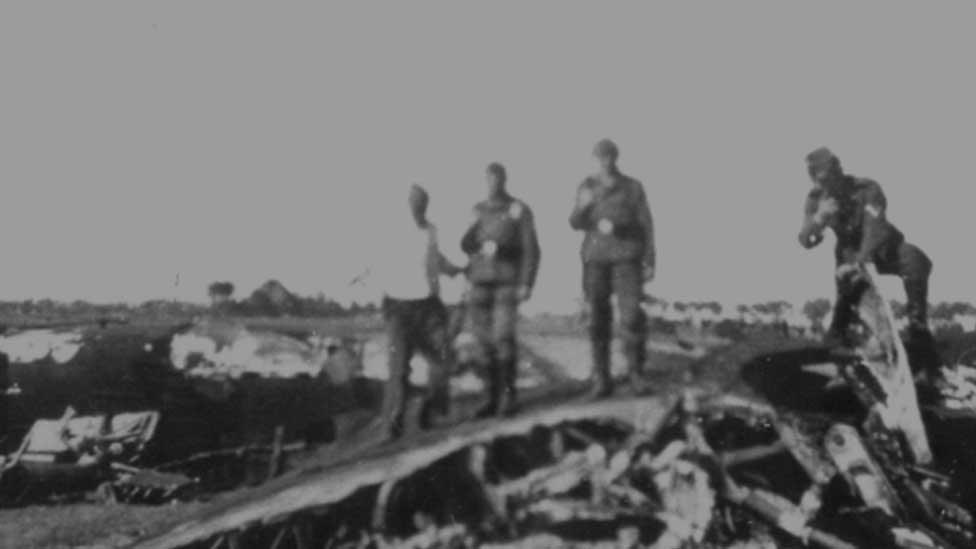
The Stirling bomber, pictured in the Netherlands, had the serial number W7530
Flt Lt Alan Green, who was from Coventry, joined the RAF in 1940, and was based at RAF Marham near King's Lynn.
His son, an aviation lecturer at the university, said: "The first time he was shot down was actually by his own side on 5 May 1942 - but that time the entire crew were lucky to survive."
The second downed flight took off on 20 June 1942.
It was the 22-year-old flight navigator's 23rd bombing mission, but the Stirling was shot down by a German night fighter over the Netherlands.
Flt Lt Green and four colleagues bailed out, but three of the crew died, the youngest aged 19.
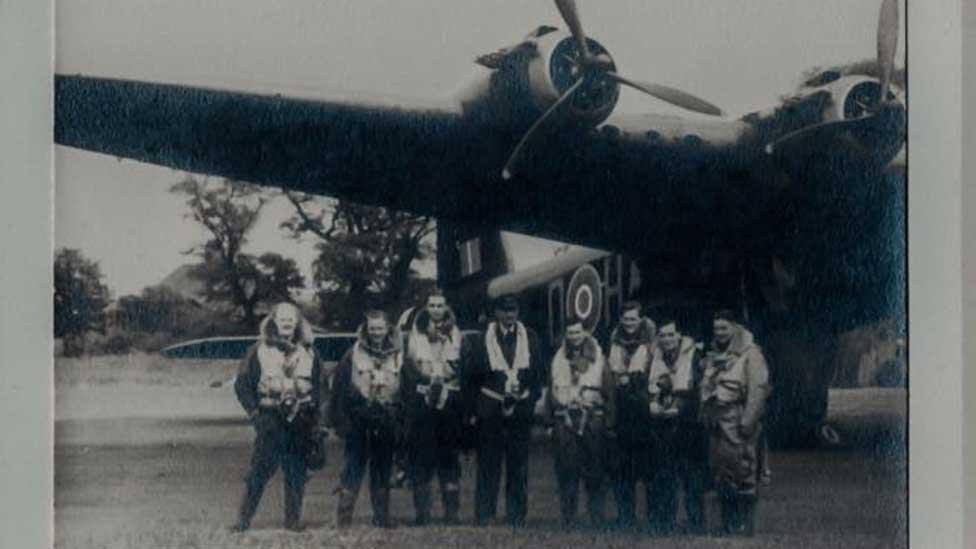
Alan Green (far left) and the crew shortly before their plane was shot down
Mr Green was briefly hidden by Dutch farmers, before being captured while on a tram.
He spent the rest of the conflict as a prisoner of war, including a spell at Stalag Luft 3 - the camp where a mass breakout took place, the story of which was turned into the movie The Great Escape.
Stuart Green also discovered his father had taken part in a raid on a Skoda factory in the former Czechoslovakia, which produced tanks for the Germans, prior to his capture.
"They were guided in by the two British-trained Czech agents who later assassinated the leading Nazi Reinhard Heydrich," he said.
"I've been researching my father's story for about 10 years, and it has been a way of reconnecting with him after his death 46 years ago.
"It's also a time to reflect on the three crew who died... part of the 57,000 Bomber Command personnel who were killed in World War Two."
Stuart Green is visiting the graves of the three men near Hoorn in the Netherlands on the anniversary of the shooting down of the plane.
The men who died were Sqn Ldr leader Harold Ashworth, who was 40; Sgt William Watt, 19; and Sgt Billy Whitehead, 22.
Bomber Command itself was based at RAF High Wycombe, external in Buckinghamshire.
The exhibition at the university's campus in High Wycombe looks at the county's contribution to the defence sector for Armed Forces Week.
It also includes the story of the eight Lord brothers, who all survived World War One, as well as highlighting the wartime role of groups such as the Women's Land Army, the Women's Institute and the Home Guard.
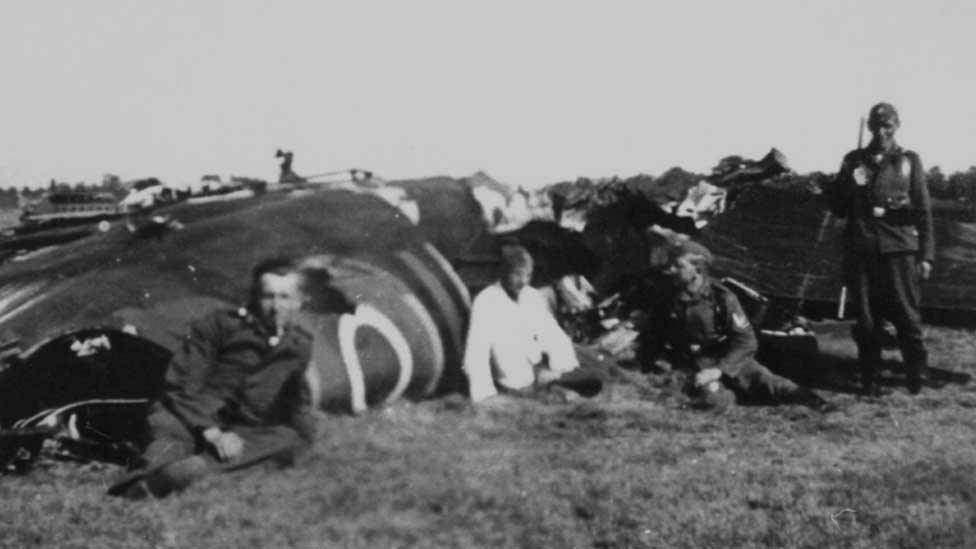
The Stirling was a four-engine bomber manufactured in the UK by Short Brothers

Find BBC News: East of England on Facebook, external, Instagram, external and Twitter, external. If you have a story suggestion email eastofenglandnews@bbc.co.uk, external
- Published28 May 2022
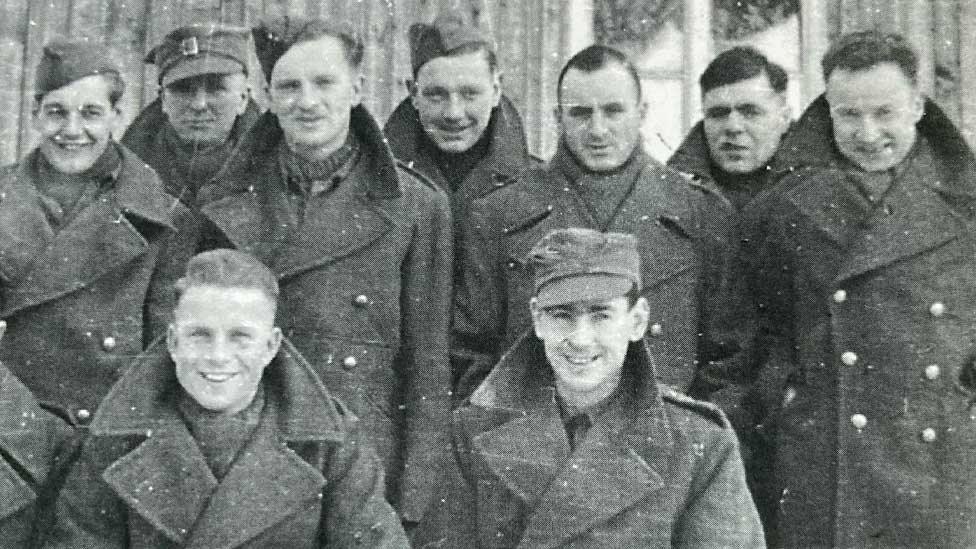
- Published20 May 2022
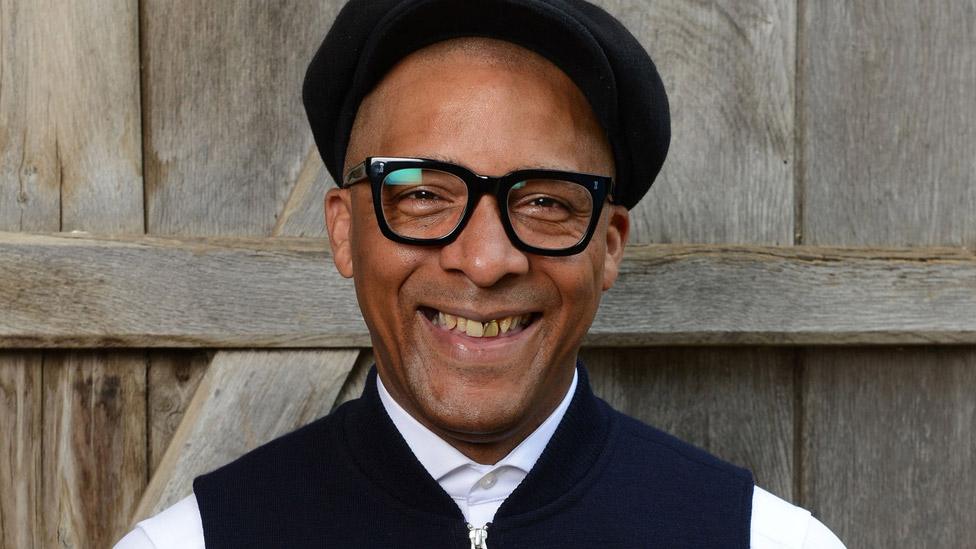
- Published11 February 2022
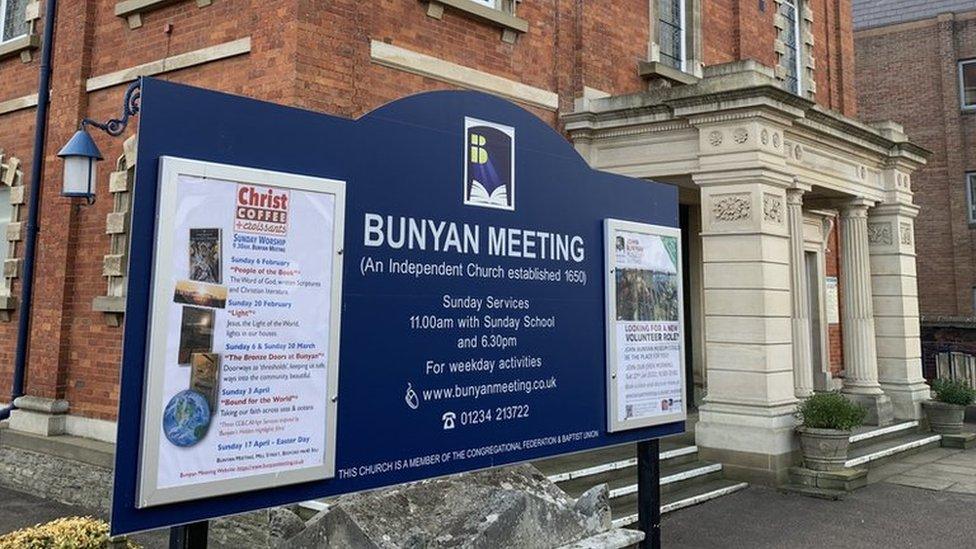
- Published23 December 2021
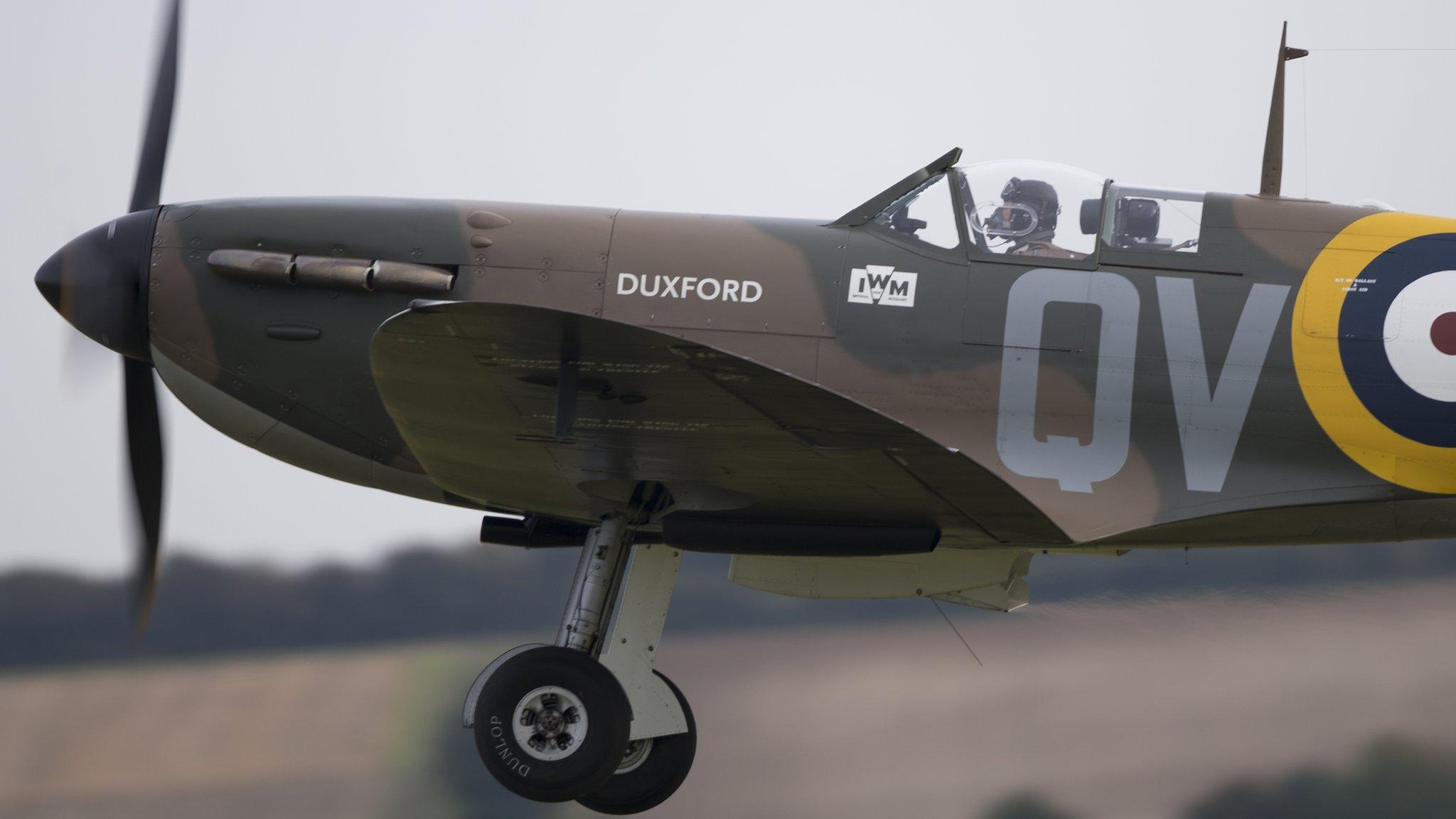
- Published15 April 2018

- Published15 September 2010